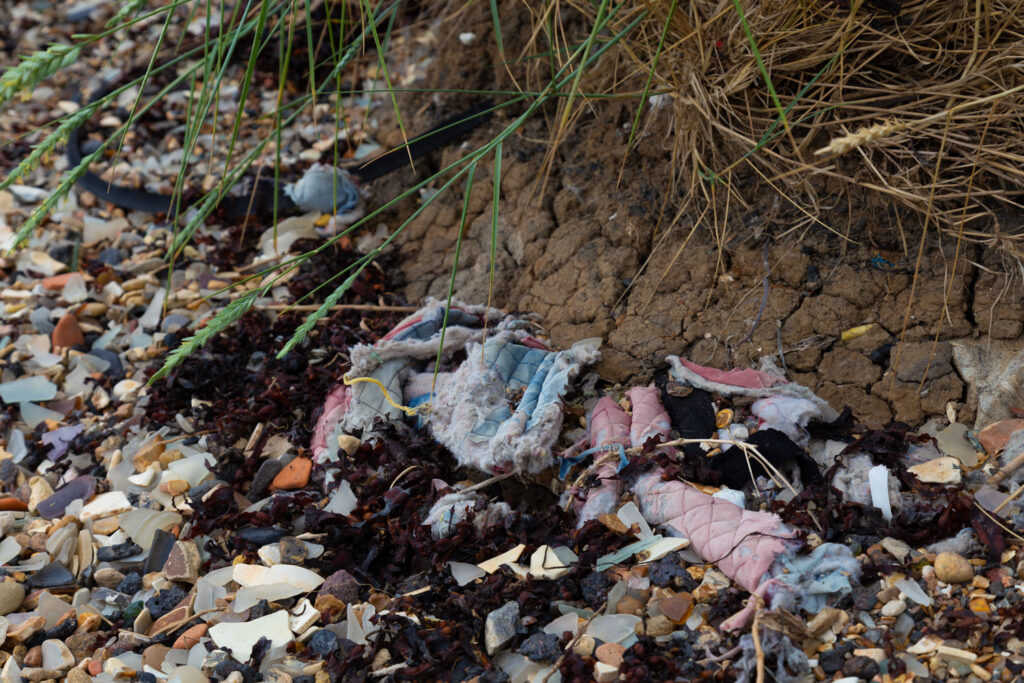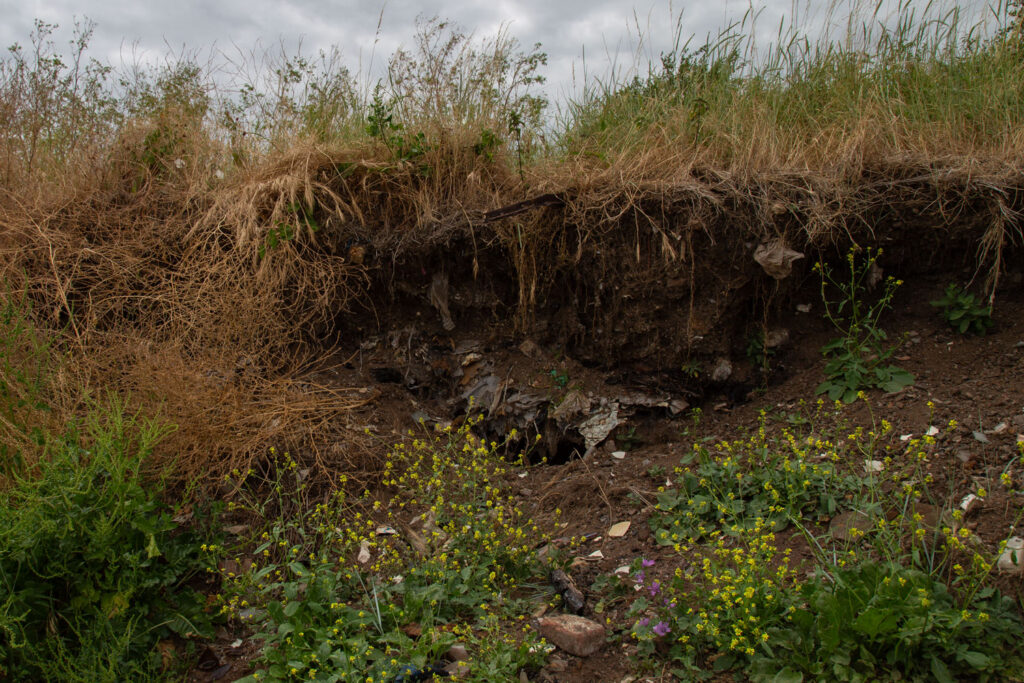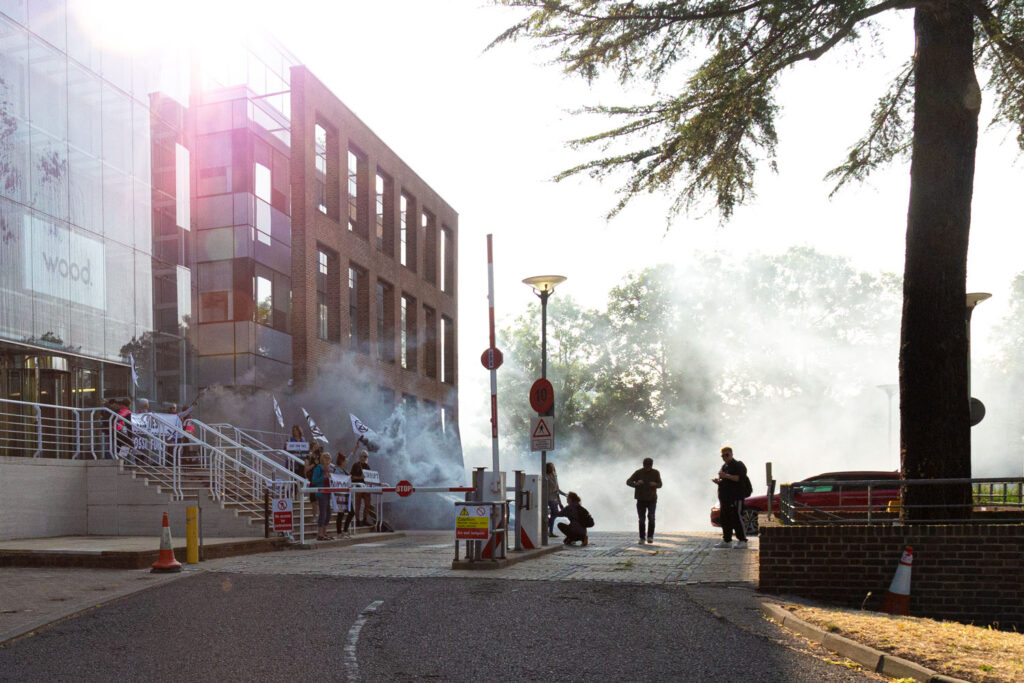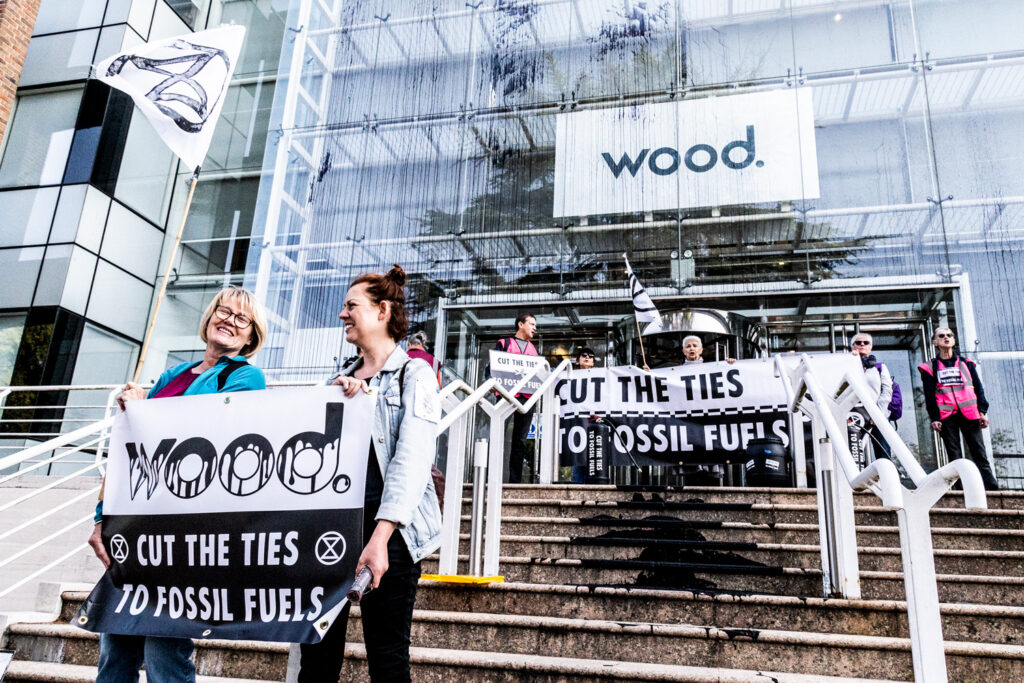East Tilbury
Recently, I made a trip to East Tilbury in Essex to follow up a lead for my current photography project. As part of my project to examine the relationship between human beings and the planet, I was thinking about rubbish. We produce enormous amounts of rubbish and we aren’t very careful about disposing of it.
I found this article in The Guardian https://www.theguardian.com/environment/2023/may/18/the-rubbishscapes-of-essex-why-our-buried-trash-is-back-to-haunt-us
The article explains how enormous amounts of rubbish from London got dumped in sparsely populated areas of Essex. This was mainly because there was little local opposition to the practice. Once established, there was very little regulation of what could and could not be dumped there. Unsurprisingly, the dumps became toxic and dangerous places. Most were finally closed down in the 1960s and 70s. A layer of earth was spread over the waste and that should have been the end of all that rubbish. But that wasn’t the case. Rising sea levels mean the Thames is eating away at the dumps where they meet the river. Rubbish dumped long ago is starting to reappear and enter the water.
This was exactly the story I needed for the project, so I made the trip to East Tilbury. I parked up at Coalhouse Fort and set off West along the coastal path. There is a beach where the land meets the sea, but it bore witness to the area’s past as a recipient of waste. The sand was overlaid with a layer of building rubble, bricks and sea glass. That’s a rather kind term for broken bottles that have been worn smooth by the action of the water. I found strips of fabric protruding from the mud. A tug confirmed that the rest of the fabric was buried. This is old waste reappearing as the Thames washes away the soil cap on the dump.

Walking a little further, I encountered the characteristic mound of a covered landfill. The rest of the land is a flat floodplain, the signs of human activity are very apparent. The landfill started at the edge of the water and extended inland. Fortunately, I was there at low tide and could walk along the beach between the Thames and the landfill. It was obvious where the landfill was leaking. Just above the high water mark, sections of the bank had collapsed revealing the long-buried rubbish. There were sheets of plastic and large pieces of fabric, bottles and storage jars, straps, bags, pipes, metalwork and food wrappers. This stuff is being exposed by the action of the Thames at high tide. This plastic rubbish is getting into the river and hence into the sea. Landfills in the UK are contributing to ocean plastic.

Depressing? Yes, very. Even rubbish that should have disappeared forever 50 years ago is back, causing trouble. There is so much waste out there in the 20,000 landfills in the UK. What is it all doing? Leaking microplastics, methane, toxic leachate and heavy metals, no doubt.
That’s a painful thought, so let me end on something lighter. My return walk took me over the top of the landfill. A thick layer of soil had been used to cap the waste and nature had returned in abundance. There was thick vegetation, wild flowers and the kind of tangled scrub that provides shelter for all kinds of creatures. Nature is not just flowers, brambles, birds and animals. It’s a powerful flow of biology that constantly seeks to make the world productive and alive.



